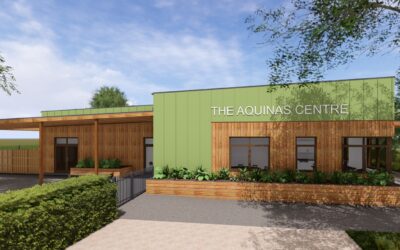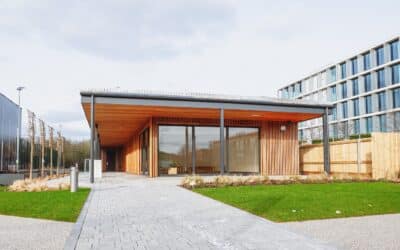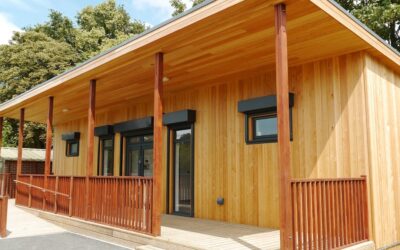TG Escapes Blog
How Does Classroom Design Influence Students’ Learning Abilities?
Many debates take place around subject matter, teaching styles, classroom sizes, and learning styles, all of which are important issues. However, spatial design gets considerably less attention in terms of how it influences students’ learning abilities. To examine this relationship between students and their environments, we take a look at how certain aspects of design affect student performance.
Design Matters
As reported in Wired, a recent study published in Building and the Environment has confirmed what many pedagogical design specialists and architects have known for a while: that the built environment where learning takes place has a profound influence on student learning. The study found that classroom design contributed to a 25% impact, both positive and negative, on student progress over the course of the year. Essentially, the difference between good and bad design could have dramatic effects on a student’s academic life.
Space and Learning Conditions
The space that lessons take place in is very important for several reasons. Acoustics, the flow of the classroom, and the comfort of the learning space all contribute to student participation and concentration. If students are stuck in a cold, uninviting classroom, they may start to get distracted and fidget or make noise, which can quickly break down a learning environment.
Ideal conditions include warm and inviting surroundings that feel like another home. Carpets, pillows, bright colors and other interesting features can keep students comfortable and engaged. The teacher should be able to be heard clearly throughout the room, and the intrusion of outside noises should be minimized to prevent distraction.
Natural light is preferable to harsh, artificial lighting to keep students comfortable. However, it should be easy to adjust light levels in the classroom, as certain learning modalities like presentations and movies work best with low levels of light.
Room air quality is another important factor, with fresh circulating air preferable to stale and stuffy air. Outside odors, such as from a cafeteria or restaurant, can be distracting as well.
Furniture and Flexibility
Classroom furniture is also very important to the learning process. If the furniture is dull, uncomfortable, and unaccommodating for different students, it will be more difficult for them to concentrate. However, furniture that’s ergonomically-designed and adjustable can help engage students and encourage more focused learning.
For a chair and desk to adequately serve a student and foster active learning, they have to be ergonomic and adjustable. Students have different body sizes and types, and they need flexible classroom furniture that will conform to their needs. A student should be able to sit straight up and move around in a seat, with their desk’s at a height that promotes good posture. Keep in mind that a desk that’s too low or too high will cause back strain, leading to diminished concentration.
Flexibility is not only a very important design principle for furniture, but for classrooms themselves. As studies on classroom design have shown, furniture should easily accommodate students for different teaching styles without crowding them. Furniture should be easy to move and rearrange, and if space needs to be made, it helps that the furniture is portable and stackable so it can be tucked away if need be.
Experience
These general guidelines are a great place to start for classroom design that serves students’ learning needs. However, when it comes to the teaching styles and classroom arrangements themselves, it is up to the teacher to apply their unique knowledge and experience. Different types of classes have learning dynamics of their own, and students have their own unique and changing sets of learning requirements as well, making it necessary for educators and designers to constantly examine the relationship between students and their physical environments.
This article is by our guest writer: Alexander G. Forrester. He is also a professional speaker, trainer and business coach from New Orleans. When he has nothing else to do at home or in the office, he can be found exploring the mountains with his black lab, Louie.
About the author
More posts from our blog
Education Estates 2025: Surrey County Council Share Their SEND Provision Strategy, Including the Contribution Made by TG Escapes
At the recent Education Estates 2025 conference, I was proud to join Euan Leslie, Programme Manager for our partners Surrey County Council as we presented their ambitious and highly successful strategy for expanding Special Educational Needs and Disabilities (SEND)...
The Benefits of Choosing a Modular Clubhouse Building
A clubhouse needs to serve many functions, from creating social spaces and meeting areas to offering changing rooms and toilet facilities for players. Modular buildings are an ideal solution for creating flexible, purpose-built facilities for sports teams,...
Supporting Active School Life With Modular Sports Pavilions
Physical activity is a crucial part of everyday schooling across the UK. But in many settings, ageing facilities and limited space can prevent pupils from getting the full benefit of PE, sport, and outdoor recreation. Modern sports and leisure pavilions offer an...



